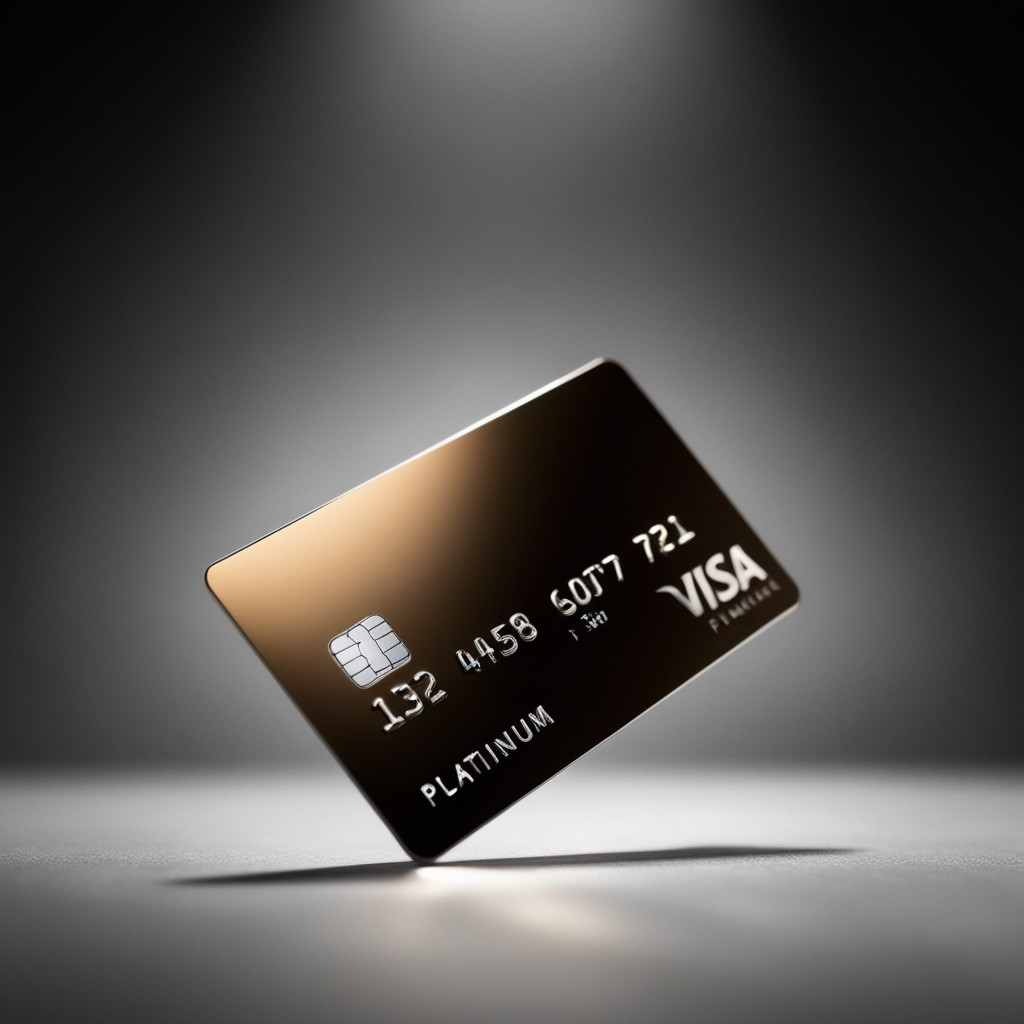Understanding Credit Card Assessment Fees for Your Business

You are a business owner and probably saw a few fees on your credit card processing statements. Some make sense, such as transaction fees, but others, such as credit card assessment fees, do not. What are they? Why do they occur? More importantly, how can you minimize their bite on your bottom line? This tutorial will discuss everything you need to understand regarding credit card processing fees, specifically assessment fees. We shall also consider how to save money by choosing the correct credit card terminal and making payments conveniently.
What Are Credit Card Assessment Fees?
Assessment fees are charges imposed by credit card brands (American Express, Discover, Mastercard, and Visa) to cover operational expenses, anti-fraud efforts, and network maintenance. They differ from interchange fees (billed to the banks) in that they go directly to the card brands.
Why Are They Important?
· They are unavoidable; every merchant who accepts credit cards has them.
· They are usually a small percentage of each sale (usually between 0.10% and 0.15%).
· They can add up in bulk, particularly for high-volume merchants.
If you still use an older terminal for credit cards, you may be paying too much. Consider upgrading to an intelligent credit card terminal to save money and increase efficiency.
Dynamite Credit Card Processing Fees
Now, before we go through the breakdown of the assessment fees, let us first take a glimpse at the most significant credit card processing fees that you will find:
· Interchange Fees – To the issuing bank (central portion of the processing fees).
· Assessment Fees – To Visa, MasterCard, etc. (the day's topic).
· Processor Markup – Charged by your payment processor (where you negotiate).
How Assessment Fees Are Calculated
Most assessment charges are a percentage, but a few are straight fees. Here is usually how it works:
1. Card Network, I am running a few minutes late; my previous meeting is over. Typical Assessment Fees
2. Visa\t0.14 percentage (varies by card type)
3. MasterCard\t0.13 percentage - 0.15%
4. Discover\t~0.13%
5. American Express\t~0.15% (usually more)
How to Reduce Credit Card Processing Fees?
Since assessment fees are not negotiable, your best option is to reduce other areas of payment processing. Here's how:
1. Choose the Best Credit Card Terminal
Not all terminals are created equal. A sophisticated credit card terminal with premium features can assist you:
· Reduce interchange rates by accepting secure EMV and contactless transactions.
· Prevent downgrades (additional fees from non-compliant transactions).
· Simplify reporting to monitor fees and identify savings.
If you continue to accept credit card processing on an outdated terminal, a new one might save you hundreds of dollars a year.
2. Bargain Processor Markup Fees
Since assessment fees remain constant, strive to minimize processor fees. Inquire with your merchant:
Can I proceed with interchange-plus pricing (more open)?
Are there some hidden fees on my contract?
Do rebates qualify for high-volume merchants?
3. Support Debit & Low-Cost Card Transactions
Debit cards have lower interchange fees.
Some rewards cards cost more—keep cash discounts in mind.
Are Smart Credit Card Terminals Worth It?
Yes. New credit card processing terminals do more than accept payments—they help you:
· Mitigate fraud (tokenization & encryption)
· Streamline checkout (mobile & contactless payments)
· Reduce processing costs (eschewing non-EMV charges)
When shopping for the optimal credit card terminal, consider the following:
· PCI-compliance (security comes first)
· Omni-channel support (physical, online, mobile)
· Fee reporting in an open fashion (no shocks)
Closing Thoughts: Sensibly Managing Fees
Credit card processing fees are a small but inexorable cost of doing business. While inexorable, they can be minimized in several ways:
Securing the best appropriate credit card terminal (less fraud = fewer fees).
Receiving a solid setup from your processor (interchange-plus pricing does count).
Promoting lower-fee payment platforms (debit instead of high-rewards cards).
If you continue to use an old terminal to accept credit cards, today is the day to switch. An intelligent credit card terminal can lower fees and improve cash flow.
Next Steps
Reconcile your statements – Are you paying that much in fees?
Compare processors – Might another one save you a few dollars?
Update your terminal – New tech = less expense.
You can retain more hard-earned cash by finding credit card processing fees and maximizing your setup.
Are you having trouble selecting the best terminal? Please read our review of the top credit card terminals for businesses like yours!
Frequently Asked Questions.
1. What is the best credit card terminal for small businesses?
The best credit card terminal depends on your business needs, transaction volume, and preferred features. Popular options include Clover Station, Thrifty Payments, EZYPOS, and SumUp Plus. Consider factors like connectivity (WiFi, Ethernet, Bluetooth), pricing, and integration with your POS system.
2. How do credit card processing terminals work?
Credit card processing terminals securely transmit transaction data between the merchant, the customer’s bank, and the payment processor. They read card details (via swipe, chip, or NFC for contactless payments), encrypt the data, and send it for approval, completing the transaction in seconds.
3. What are the typical credit card processing fees?
Credit card processing fees usually include:
· Interchange fees (set by card networks like Visa/Mastercard)
· Assessment fees (charged by the card brands)
· Processor markup (charged by your payment provider)
· Depending on card type and business industry, rates typically range from 1.5% to 3.5% per transaction.
4. What are smart credit card terminals, and how do they benefit businesses?
Smart credit card terminals (like Clover Flex or EZYPOS) offer advanced features such as touchscreen interfaces, inventory management, sales analytics, and app integrations. They improve efficiency, enhance customer experience, and often support multiple payment methods (EMV, NFC, mobile wallets).





